Fish swimming upside down, the wreck of a Japanese aircraft carrier at a depth of 5.5 km and a 20-armed sea crinoid are among this year's impressive discoveries.
Lanternfish swims upside down underwater. Video: Phys.org
Fish swim upside down all their lives to catch bait
Footage from underwater missions in the Atlantic, Pacific and Indian Oceans shows that the whipnose lanternfish spends its days swimming upside down, with a long appendage hanging down as a lure. The unusual swimming position may help the whipnose lanternfish catch larger, faster prey without accidentally biting itself. The new footage confirms a visual observation made more than 20 years ago, said team member Andrew Stewart, a specialist at the Museum of New Zealand Te Papa Tongarewa. The study was published in the Journal of Fish Biology in November 2023.
2 km deep canyon under Antarctica
By attaching devices to the heads of several southern elephant seals ( Mirounga leonina ) and Weddell seals ( Leptonychotes weddellii ), researchers were able to learn more about a hard-to-reach area in Vincennes Bay, Antarctica. In particular, they discovered a giant underwater canyon estimated to be 2 km deep. The canyon was named Mirounga-Nuyina in honor of the seals and elephant seals that helped find it. The study, published in the journal Nature Communications Earth and Environment in July 2023, was led by Dr. Clive McMahon at the Sydney Marine Science Centre (SIMS).
Sea lily with 20 arms like alien creatures
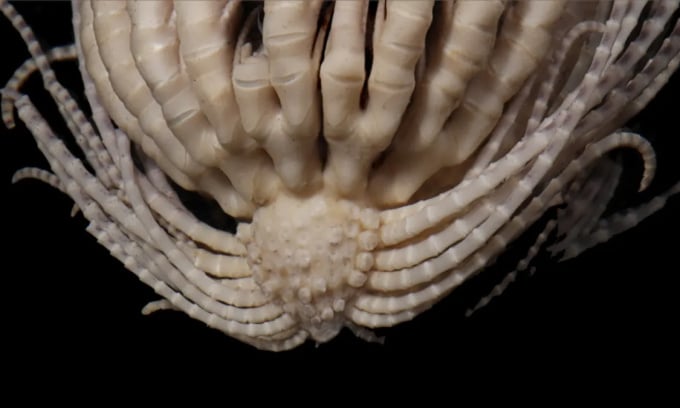
The sea crinoid has a strawberry-like body and 20 arms. Photo: Gregory Rouse
The Antarctic strawberry crinoids ( Promachocrinus fragarius ) are one of four new species described in a study of the diversity of a genus of stemless, free-swimming crinoids. Although they are not red, they are named for their strawberry-like body shape. The study, published in the July 2023 issue of Invertebrate Systematics , was conducted by experts at the Scripps Institution of Oceanography.
The culprit created a series of octagons on the seabed
Research by Alexey V. Golikov at the Helmholtz Centre for Ocean Research Kiel, Germany, and colleagues has helped decipher the mysterious octagonal shapes imprinted on the seabed in the Fram Strait between Greenland and Svalbard. Some of the octagons are tiny, but others are larger than basketballs. Using remotely operated vehicles (ROVs), the team discovered that these could be traces of Dumbo octopuses. They create strange octagonal shapes imprinted on the seabed while feeding. The research is published in the journal Proceedings of The Royal Society B. June 2023.
Exploring the wreck of a Japanese aircraft carrier that sank 81 years ago
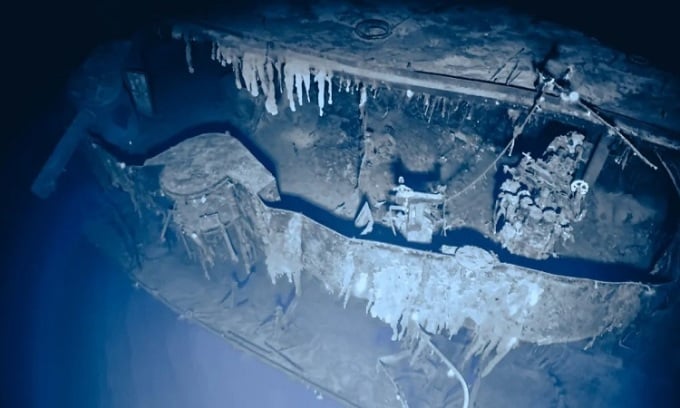
The wreck of the Japanese ship Akagi. Photo: NOAA
Japanese and American explorers aboard the E/V Nautilus have completed the first deep-sea dive to revisit the World War II-era Japanese Navy ship Akagi, 5.5 kilometers below the ocean’s surface. The team will conduct the non-invasive dive in September 2023 to photograph the historically significant wreck, examine its condition, and honor those who died on both sides of the conflict. Due to its remote location and extreme depth, surveying the Akagi, along with many other ships lost during the Battle of Midway, is a major challenge.
Thu Thao (According to IFL Science )
Source link


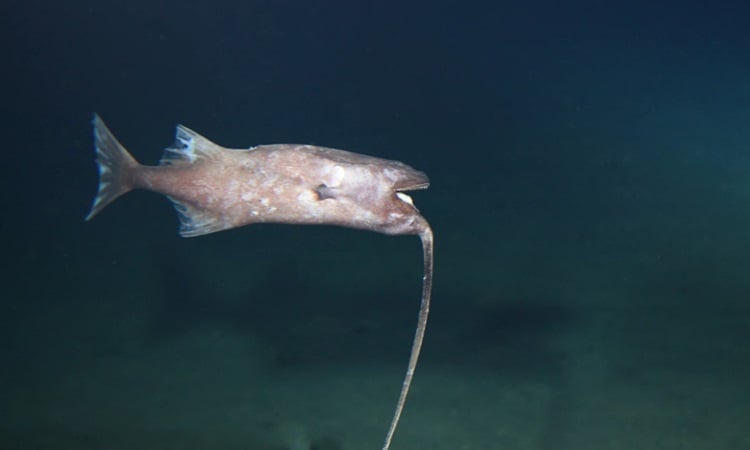

![[Photo] "Beauties" participate in the parade rehearsal at Bien Hoa airport](https://vstatic.vietnam.vn/vietnam/resource/IMAGE/2025/4/11/155502af3384431e918de0e2e585d13a)

![[Photo] Looking back at the impressive moments of the Vietnamese rescue team in Myanmar](https://vstatic.vietnam.vn/vietnam/resource/IMAGE/2025/4/11/5623ca902a934e19b604c718265249d0)


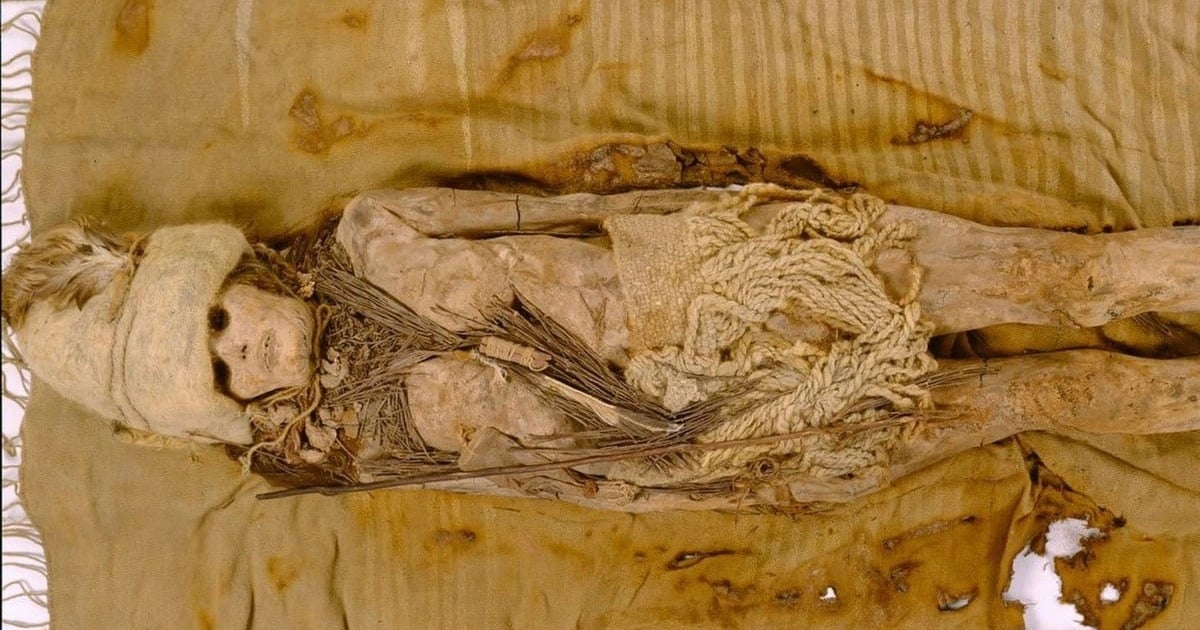

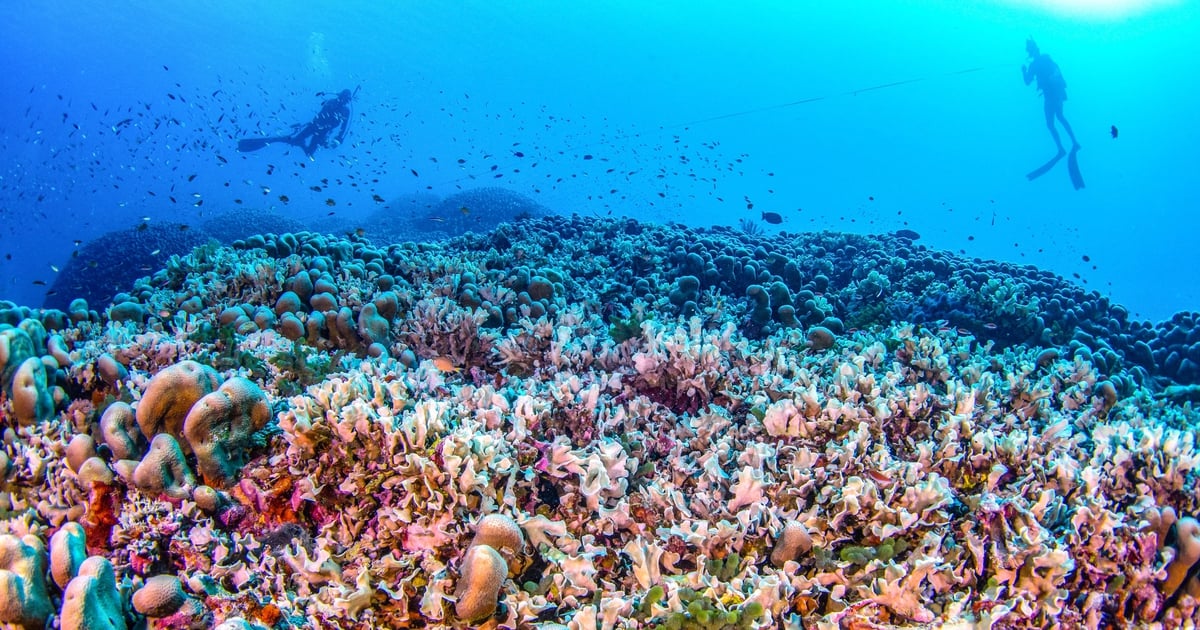
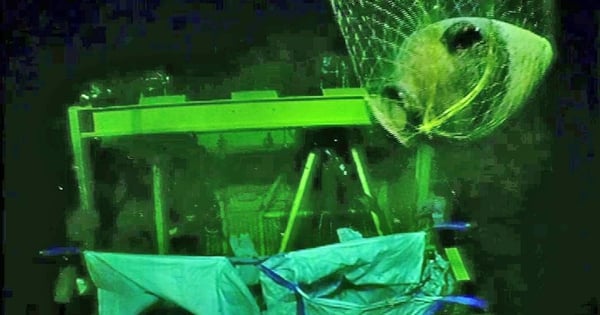


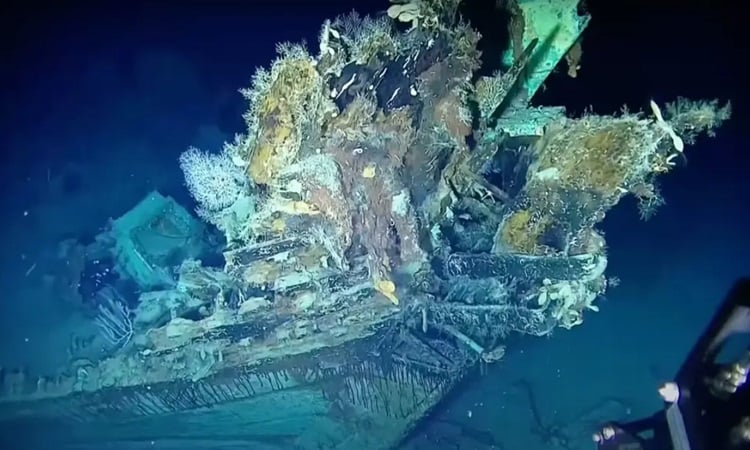
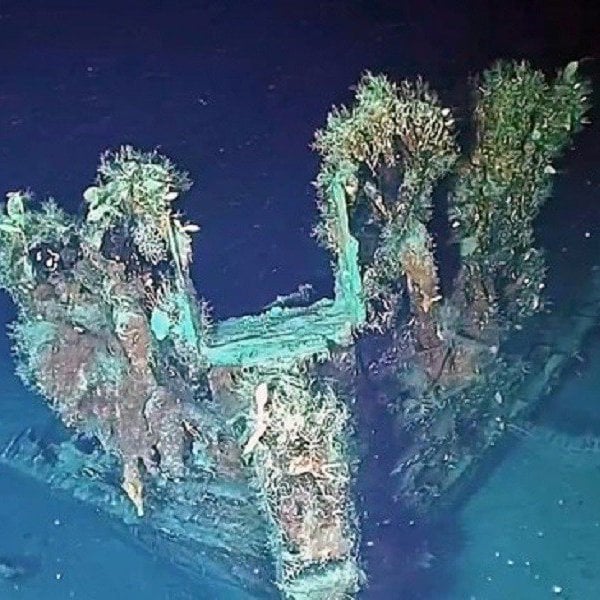






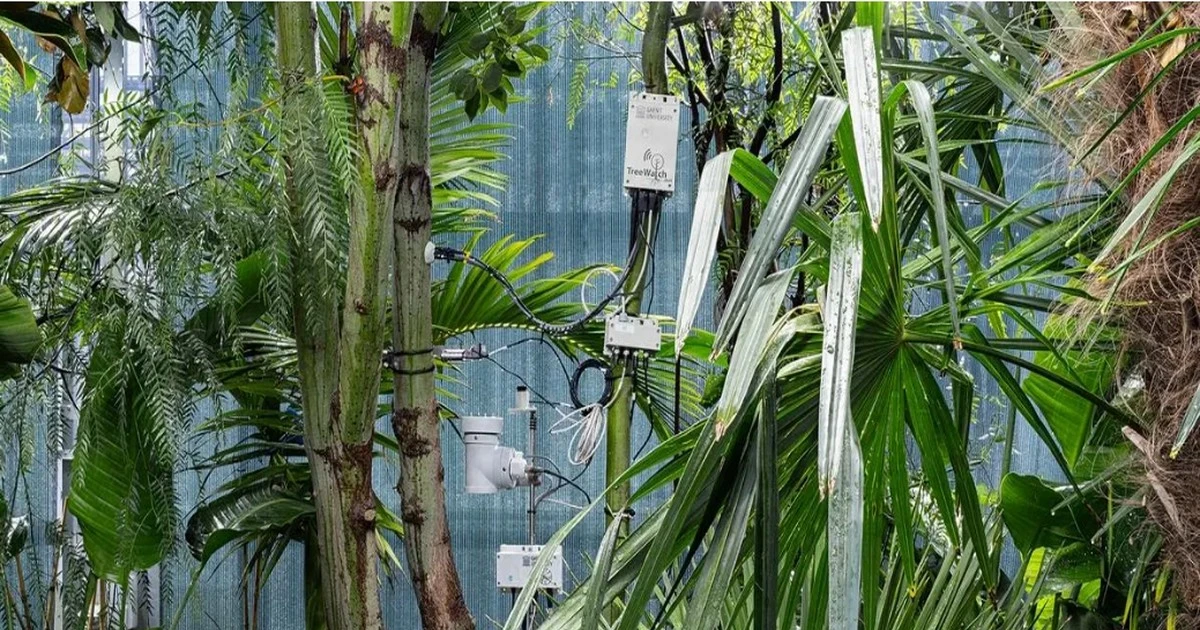



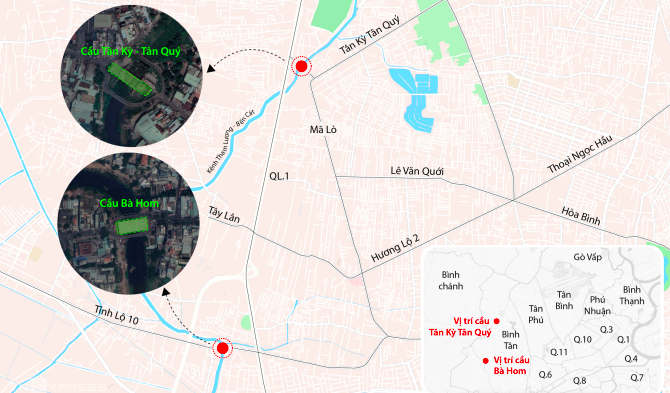


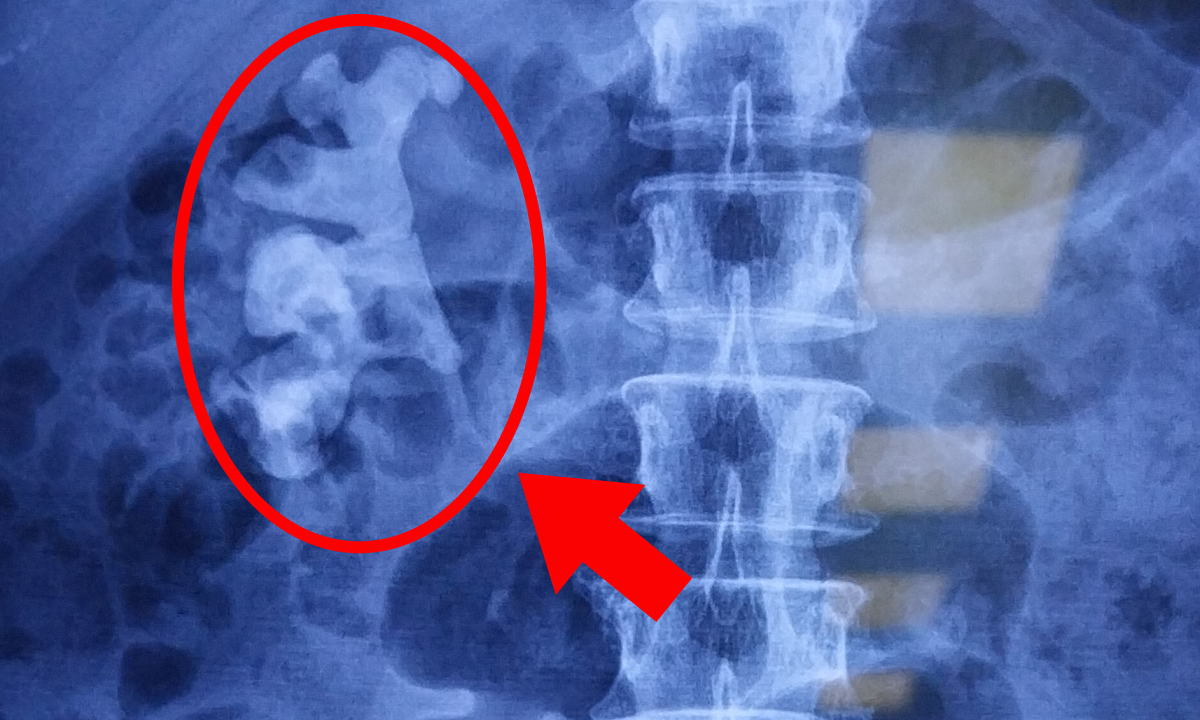

![[Photo] Summary of parade practice in preparation for the April 30th celebration](https://vstatic.vietnam.vn/vietnam/resource/IMAGE/2025/4/11/78cfee0f2cc045b387ff1a4362b5950f)
































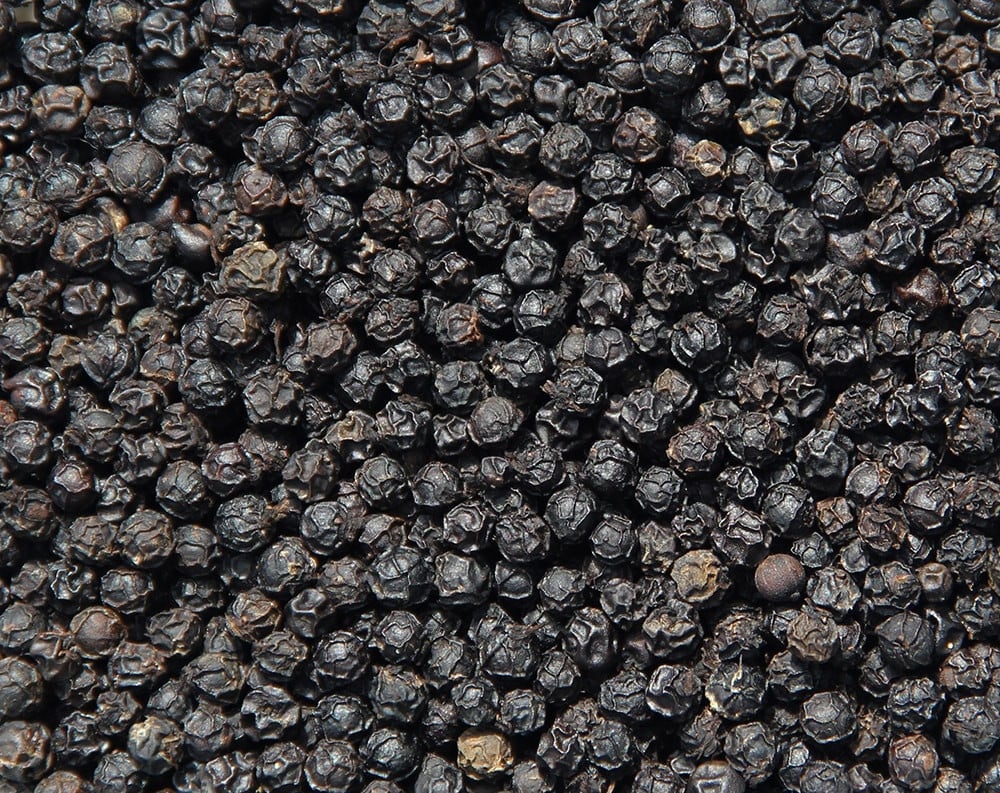



























Comment (0)